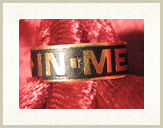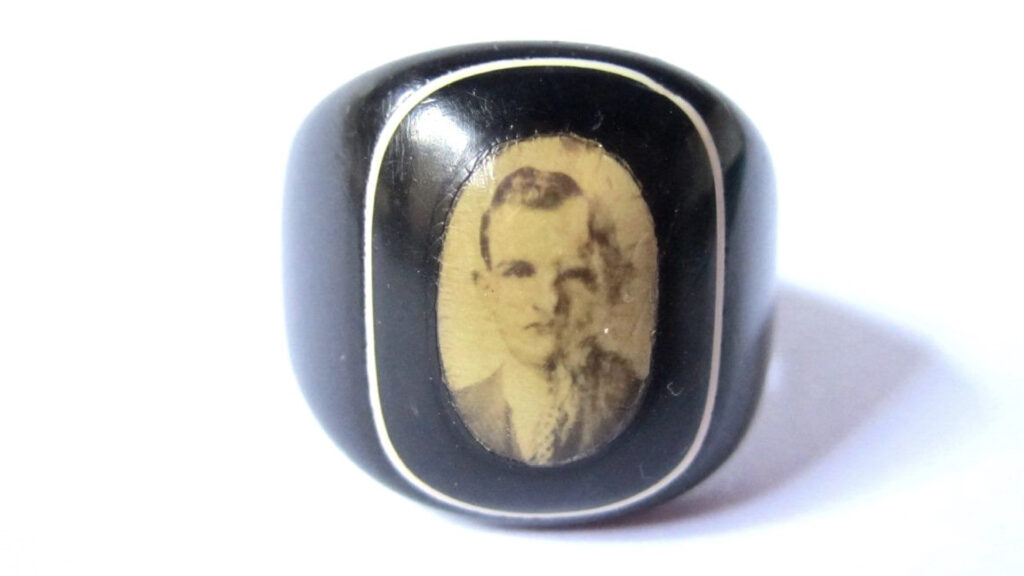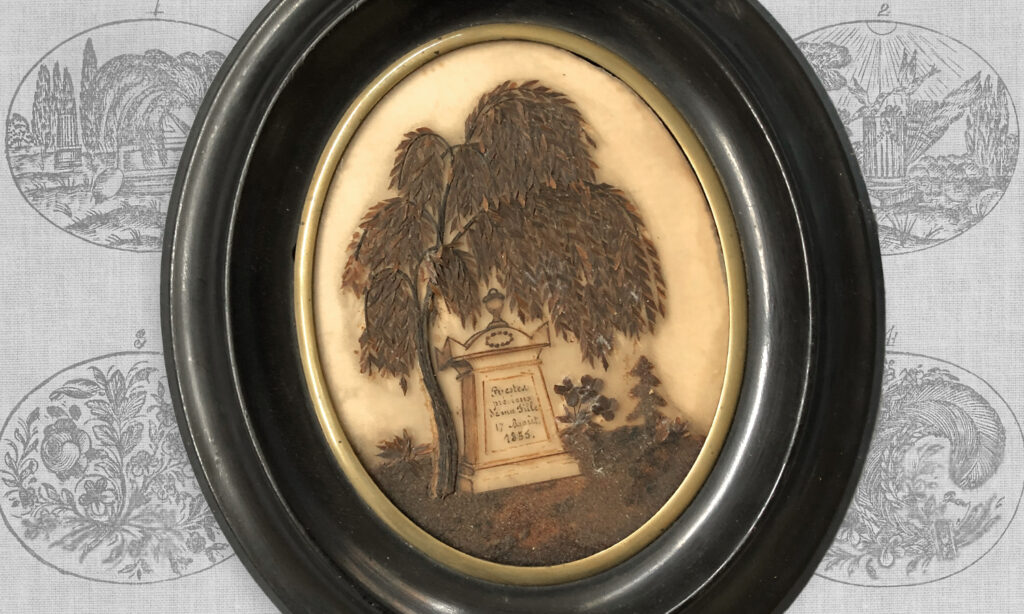World War I Sentimentality
The Great War was the most horrific moments in recorded history; between 1914 and 1918, with an estimated 65,000,000 casualties (including those from disease).One would expect from this catastrophic event that there would be an incredible amount of mourning jewellery produced. After all, the height of the industry was only around thirty years beforehand, the style wasn’t completely dead, with older and more traditional family members keeping the older customs alive. The jewellery had fallen out of favour, but here was an event which could have spurred on a revival. Why didn’t it?
One way to look at it was the costs of production on a ravaged Europe. Items that would have been gold were now a luxury more than ever in a post-war Europe. But there were always ways to commemorate a loved one and all it took was a base metal with the same styles to revive older mourning styles.
Modern styles were just that much more popular in the post-war period, there was a larger movement to be progressive and not as retroactive as the Victorians had been. New technologies, art forms and an embracing a more affordable, physically mobile culture opened the world up in new ways. The United States was also now emerging as the dominant power and modern seemed to be the direction the world was taking.
But, what about keepsakes? Well, there was trench art, where soldiers and others involved with the war, made miscellaneous decorative items from whatever materials were around them. Items of this kind can be considered a form of memorial, but it’s such a broad topic that it requires further investigation.
Advances in watch making technology pushed the watch from the pocket to the wrist, leaving an abundance of chains, which some gave to their loved ones as a memento or keepsake. These could be worn around the neck, a style which is still popular today.

Mourning jewellery was still being produced into the 1910s, but in far fewer quantities, styles became simpler without outward mementoes and statements (in memory of), to become simple onyx and gold signet rings. When focusing upon these pieces, one must be careful to not confuse fashion with mourning, as the lines are blurred.
There was a small resurgence of Bakelite rings housing photos of the loved one, but this came later. For the 1910s through mid 1920s, the style that had been fashion of the 1880s was almost completely gone.






